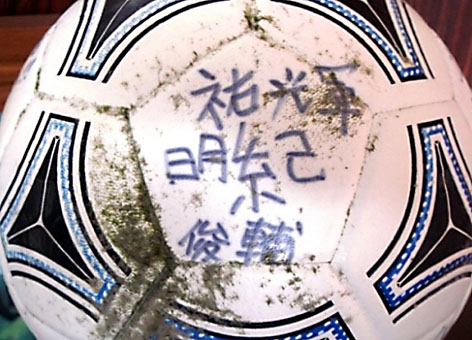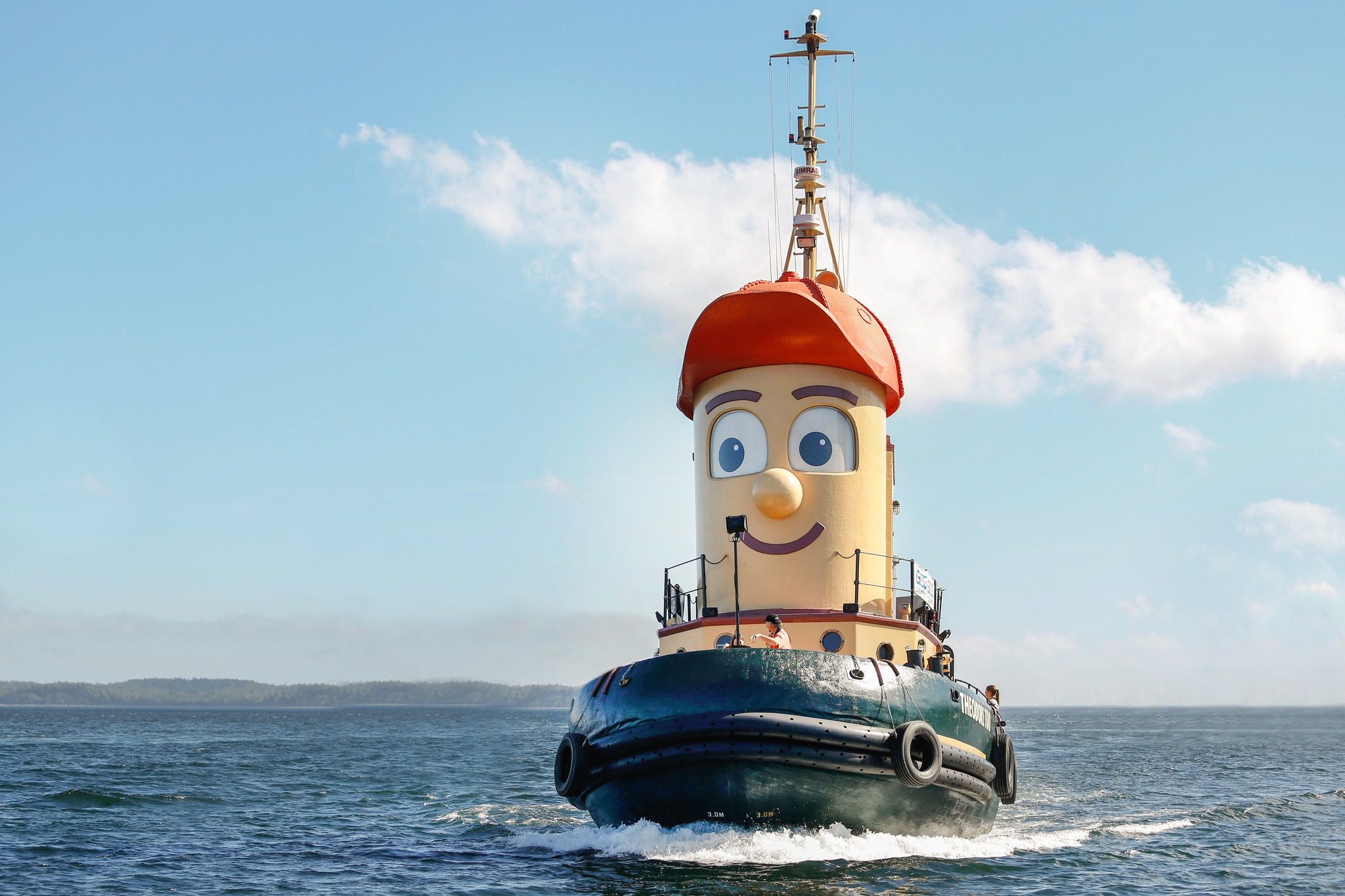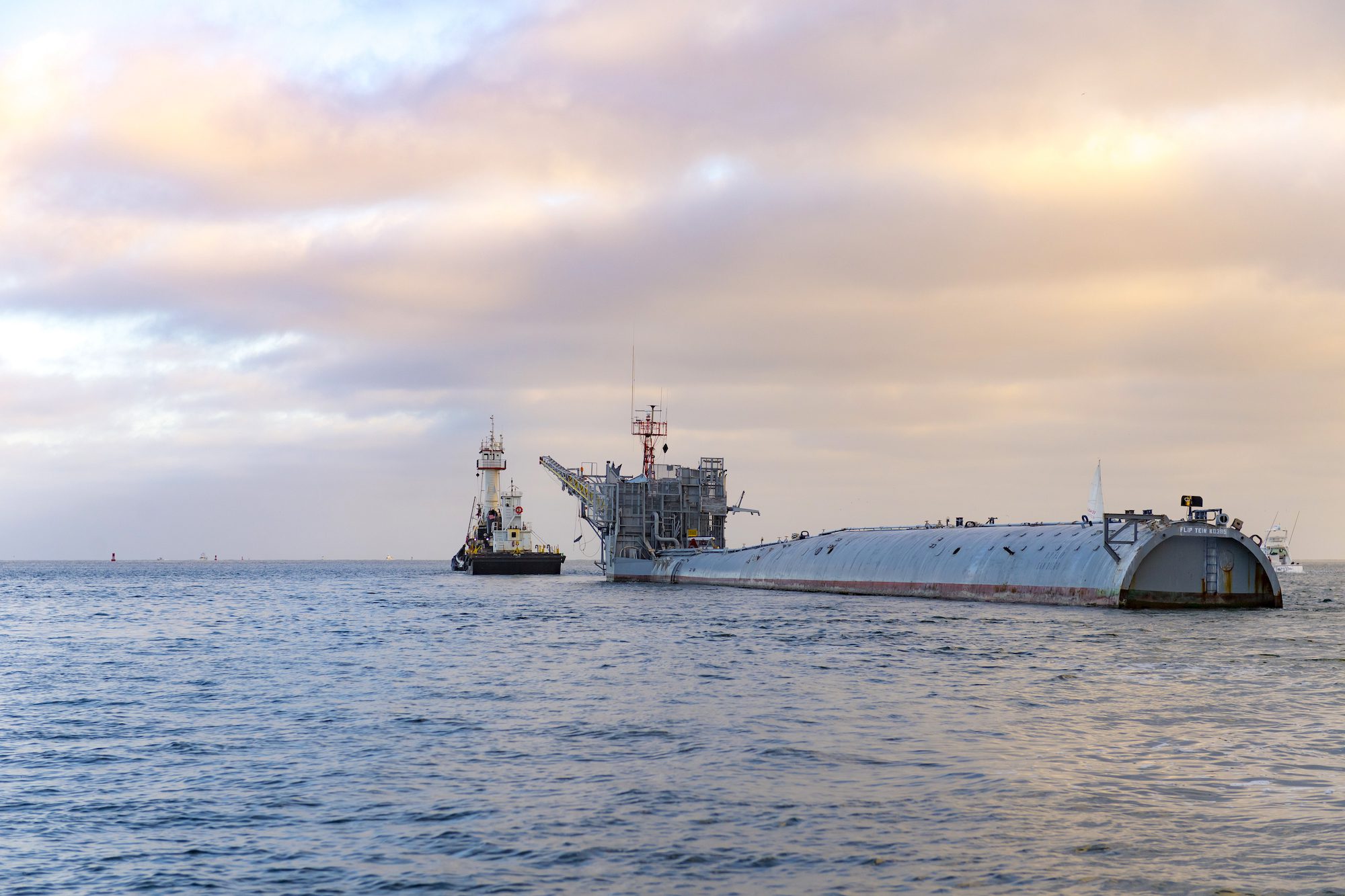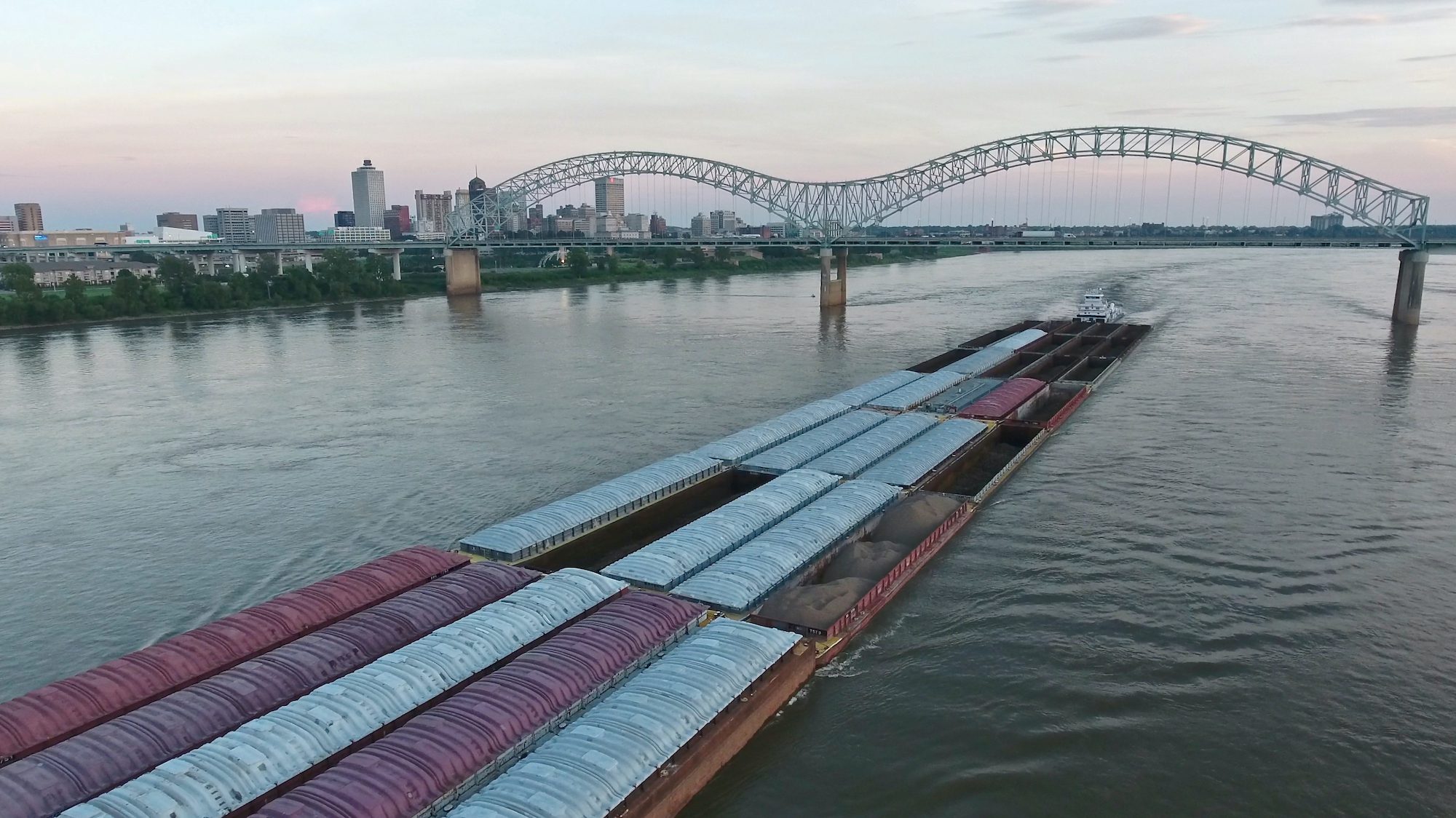By Doug Helton, NOAA
More than a year and thousands of miles later, a soccer ball that had been washed away during the Japan tsunami, turned up on Middleton Island, in the Gulf of Alaska. Local beachcomber David Baxter found the soccer ball as well as a volleyball with Japanese writing on both of them. Remarkably, both owners been identified.
The soccer ball’s owner, 16 year-old Misaki Murakami lost everything in the 2011 Japan tsunami and is grateful that this object of sentimental value has been found. He received it in 2005 as a gift from his classmates in third grade before moving to a new elementary school, and one of the messages on the ball reads “Good luck, Murakami!!” (or rather “Hang in there, Murakami!!”). David Baxter and his wife Yumi plan to send him the soccer ball.
The volleyball was traced to a 19 year-old woman, Shiori Sato, whose home was washed away.
This may be one of the first opportunities since the March 2011 tsunami that a remnant washed away from Japan has been identified and could actually be returned to its previous owner. When something gets washed up on a beach, unless it has a unique and traceable identifier, like the registration numbers on a boat, it can be difficult to tell if the item was set adrift by the tsunami, or if it was lost or discarded at sea some other time.
The NOAA Marine Debris Program has been monitoring floating debris from the tsunami for the past year, and some very buoyant items have already made the long journey across the Pacific. The derelict fishing vessel the U.S. Coast Guard ended up sinking off Alaska in early April had drifted at least 4,500 miles before being spotted off Canada’s west coast.
In addition, a few suspect items like plastic fishing floats used in coastal aquaculture in Japan have washed up ashore. But so far most of the reported items can’t be traced definitively back to the tsunami. Marine debris is an everyday problem along the Pacific Coast, and buoyant items like bottles and plastics wash up on our coasts from Asia (and other places) all of the time.
However, some of the most touching items found so far have been these sports balls from Japan. The story of where the soccer ball was found is also interesting.
Middleton Island, Alaska, is by all definitions a very remote place. The 4.5 mile long island in the Gulf of Alaska is about 70 miles from the Alaska mainland, and 50 miles from the nearest island.
A few people work on the treeless and windswept island, where they maintain the Federal Aviation Administration (FAA) Radar, Navigation, and Communication facilities there. Bird watching and beach combing are popular recreation activities there. It was David Baxter, a technician at the radar station, who ultimately found the sports balls washed up on the beach.
NOAA is working with the U.S. State Department, the Japanese Embassy, and the Japanese consulate in Seattle to confirm the details of the school connection and to set up a process to return any future items. The soccer ball may be the first identifiable item that could be returned. Unfortunately, the volleyball doesn’t have enough information on it for the Japanese consulate to continue investigating a possible owner, although the technician’s wife is continuing the search on her own.
The loss of life and suffering caused by the tsunami will be felt for generations, and the soccer ball is only one small example of how that event has touched us here in North America.
Information on significant marine debris sightings in the North Pacific Ocean and on the coast is a big help to us as we improve our models and predictions about the debris’ paths. If you find an item you think may be related to the Japan tsunami, take a picture, note the location, and report it to [email protected].
Edited by Rob Almeida, NOAA’s Neal Parry also contributed to this post.
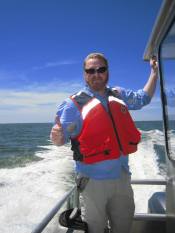 Neal Parry, winner of NOAA’s “Green Steward” award, solves both systemic and acute challenges associated with the issue of marine debris through project management, policy analysis, partnership building, and creative thinking. He currently serves as a contractor to the NOAA Marine Debris Program, and has responded to numerous incidents including Hurricane Katrina, the 2009 American Samoa tsunami, the Deepwater Horizon/BP oil spill, and the 2011 Japan tsunami.
Neal Parry, winner of NOAA’s “Green Steward” award, solves both systemic and acute challenges associated with the issue of marine debris through project management, policy analysis, partnership building, and creative thinking. He currently serves as a contractor to the NOAA Marine Debris Program, and has responded to numerous incidents including Hurricane Katrina, the 2009 American Samoa tsunami, the Deepwater Horizon/BP oil spill, and the 2011 Japan tsunami.

 Join The Club
Join The Club



